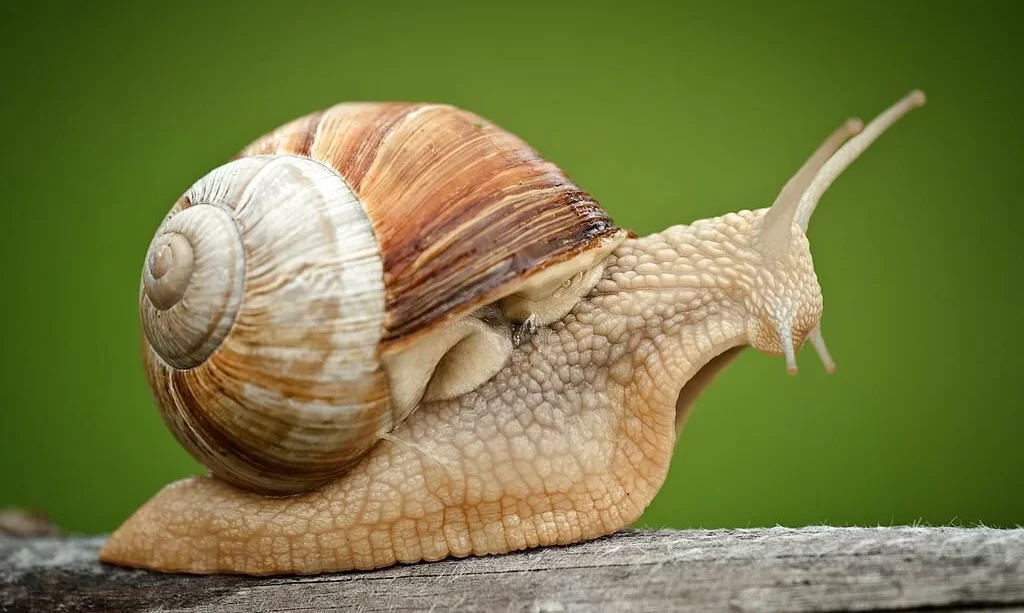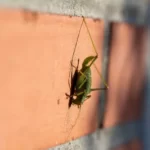When we think of snails, we often conjure images of their slow and graceful movements. It’s a common notion that snails have “feet” that enable them to glide along. But is this truly the case? In this exploration of the world of snails, we delve into their anatomy and uncover the mystery of their locomotion. Are snails equipped with feet, or is there something more intriguing at play in their slow and deliberate progress? Let’s unveil the truth behind these fascinating creatures and the mechanisms that drive their unique mode of movement.
Snail Anatomy: Unveiling Their Foot and More
To understand the truth about snail “feet,” we must first acquaint ourselves with the intricacies of snail anatomy. A snail’s body consists of three main components: the shell, the soft body, and the foot. While the term “foot” may evoke the image of a human or animal limb, in the world of snails, it’s a unique structure responsible for locomotion. The snail’s foot is a large muscular organ that extends along the length of its body, creating a broad, flat surface in contact with the ground. This foot is the powerhouse behind a snail’s slow but steady movement, allowing it to glide effortlessly across surfaces.
The Mystery of Snail Locomotion
The mystery of how snails move is rooted in their ingenious adaptation and biology. While they may not have conventional “feet,” snails rely on their muscular foot and a remarkable secretion – a slimy mucus. The underside of a snail’s foot produces a slippery layer of mucus that acts as a lubricant, reducing friction between the foot and the ground. As the snail contracts and expands its muscles, the mucus assists in its gliding movement. This secretion also serves other crucial functions, such as protecting the snail’s delicate body from harm and dehydration.
The misconception of snail “feet” often arises from observing the smooth and deliberate way in which they traverse their environment. The truth is that snails have a fascinating, efficient, and unconventional mode of locomotion driven by their muscular foot and the lubricating properties of their mucus. By understanding this unique system, we gain insight into the marvelous world of these intriguing creatures and the wonders of nature’s adaptations.
The Snail’s Foot: An Ingenious Muscular Organ
The snail’s foot is a marvel of nature’s engineering, and while it might not resemble our conventional notion of “feet,” it serves a similar purpose in facilitating movement. This muscular organ is responsible for the slow and graceful glide of snails across various surfaces. Composed of layers of muscles, the foot contracts and expands in a rhythmic manner, propelling the snail forward. This mechanism allows the snail to explore its surroundings and find food or shelter with remarkable precision.
The snail’s foot plays a crucial role in its survival, and its adaptability is a testament to the ingenuity of nature. While it may not be the type of “foot” we’re familiar with, it’s perfectly suited to the snail’s needs and showcases the diversity of life on Earth.
The Snail’s Slime Trail: Nature’s Lubrication System
The distinctive trait of snail locomotion is the trail of slime they leave behind. This slime serves multiple functions in the snail’s life. Not only does it act as a lubricant, reducing friction between the foot and the ground, but it also provides protection and moisture. The slimy trail can deter predators, such as birds, by making the snail unpalatable, and it helps the snail navigate over rough or abrasive surfaces.
This slimy secretion is a remarkable example of nature’s adaptive solutions, showing how even the smallest and seemingly simplest creatures employ ingenious mechanisms to thrive in their environments. It’s a testament to the intricate balance of evolution and the resourcefulness of life.
Conclusion
So, do snails have “feet”? While they may not have feet in the conventional sense, they possess something even more intriguing—an extraordinary muscular organ known as the foot. This unique structure, combined with the snail’s slimy lubrication system, empowers these creatures to move with grace and precision.
In the grand tapestry of life, snails teach us that appearances can be deceiving, and nature has a way of fashioning ingenious adaptations to fulfill specific needs. Understanding the marvel of the snail’s foot and the purpose of its slime trail offers a deeper appreciation for the intricacies of the natural world.
Snails, with their remarkable locomotion and distinctive biology, exemplify the wonders of evolution and the beauty of the diverse life forms that inhabit our planet. Their slow and deliberate movements invite us to pause, observe, and marvel at the intricate mechanisms that make up the world of snails, proving that even the smallest creatures can hold profound lessons and inspire awe.



